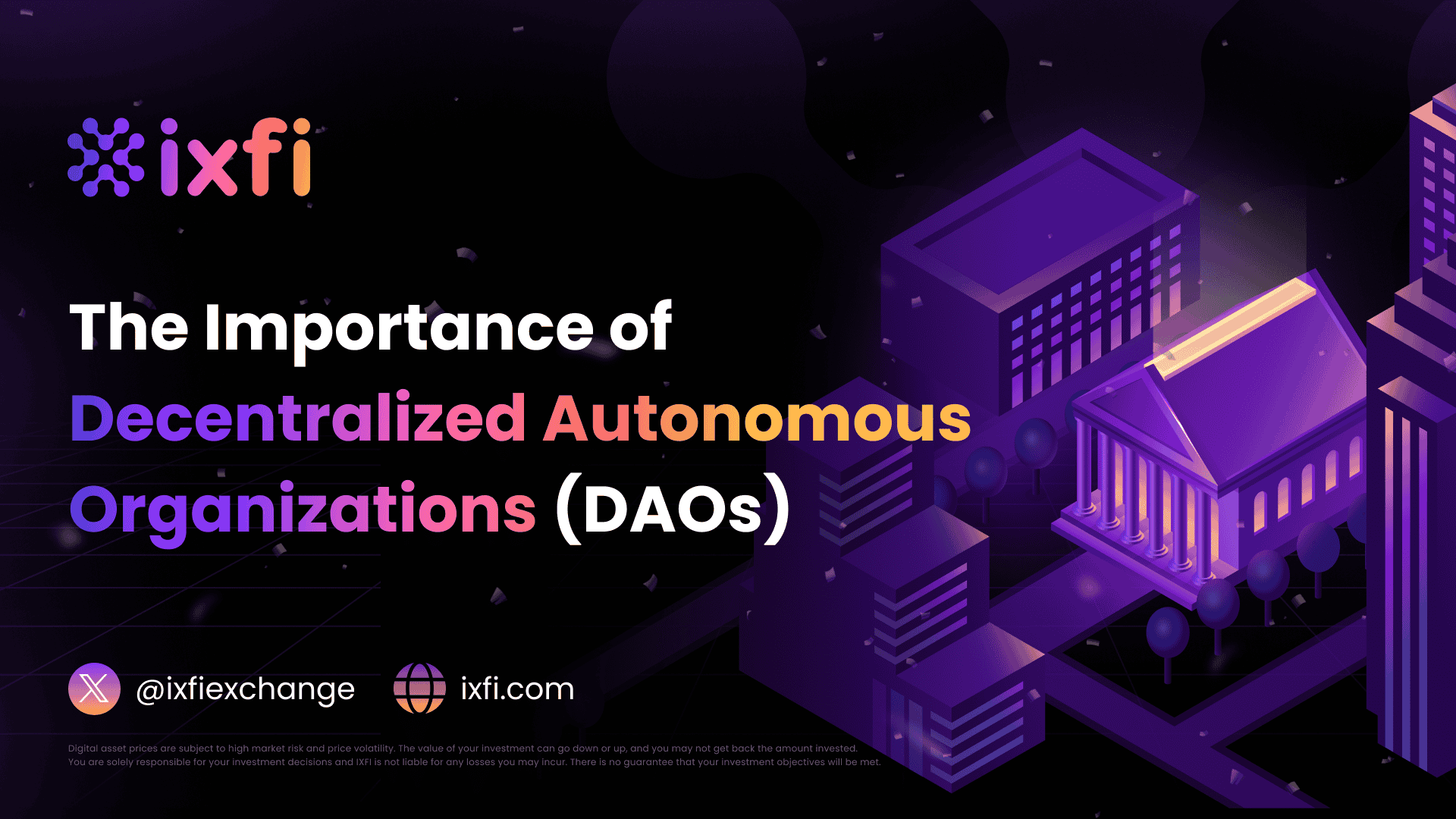Decentralized Autonomous Organizations (DAOs) are transforming how decisions are made within the blockchain ecosystem, offering a transparent and democratic alternative to traditional centralized governance models. This article delves into the significance of DAOs, highlighting the roles and contributions of UNI, MKR, AAVE, and WLD in shaping the future of crypto governance.
Understanding Decentralized Autonomous Organizations (DAOs)
DAOs are entities governed by smart contracts rather than traditional centralized authorities. They enable decentralized decision-making, where stakeholders can vote on proposals, system upgrades, and other critical aspects. This structure fosters community engagement, transparency, and decentralization, ensuring that the control is distributed among all participants.
Uniswap (UNI)
Uniswap has become a cornerstone in the DeFi ecosystem, known for its innovative Automated Market Maker (AMM) model. Governed by UNI token holders, Uniswap allows its community to propose and vote on significant protocol changes. The introduction of Uniswap V3, which enhances liquidity provision and trading efficiency, was a community-driven decision. As of August 2024, UNI has a market capitalization of approximately $4 billion, reflecting its dominance and robust governance model.
MakerDAO (MKR)
MakerDAO is instrumental in the DeFi space, primarily due to its DAI stablecoin. Governed by MKR token holders, MakerDAO allows its community to vote on risk parameters and system improvements. The recent implementation of the Endgame Plan aims to bolster the protocol’s resilience and scalability. With a market cap of around $2.2 billion, MakerDAO continues to be a pivotal player in providing stability and liquidity through its DAI stablecoin.
Aave (AAVE)
Aave has revolutionized the lending and borrowing landscape in DeFi. Governed by AAVE token holders, the protocol allows users to vote on various proposals and system upgrades. The launch of Aave V3 introduced features like cross-chain functionality and enhanced security measures. AAVE’s market cap stands at approximately $1.7 billion, highlighting its significance in the DeFi ecosystem.
Worldcoin (WLD)
Worldcoin aims to create a universally accessible digital currency. It is governed by WLD token holders and includes unique biometric verification for fair distribution. The WLD token allows holders to vote on future developments and protocol changes. With its innovative approach, Worldcoin’s market cap reflects its potential impact on global financial inclusion.
Key benefits of Layer 2 solutions
Layer 2 solutions bring several benefits to the blockchain ecosystem, including:
• Scalability: Layer 2 solutions enhance the scalability of blockchain networks by offloading transactions from the main chain.
• Reduced costs: These solutions significantly lower transaction fees, making blockchain interactions more cost-effective.
• Speed: Faster transaction times improve the user experience, making Layer 2 solutions ideal for applications requiring quick processing.
• Security: These solutions leverage the security of the underlying Layer 1 blockchain to ensure robust protection against attacks.
The collective impact of DAOs on crypto governance
DAOs enhance the blockchain ecosystem by promoting transparency, reducing centralization, and fostering community-driven decision-making. They allow stakeholders to have a direct impact on protocol changes, ensuring that the community’s interests are prioritized. The collaborative nature of DAOs can lead to innovative solutions and a more resilient blockchain ecosystem.
Conclusion
Decentralized Autonomous Organizations (DAOs) play a critical role in the governance of blockchain networks. They offer a democratic approach to decision-making, enabling community participation and enhancing transparency. As seen with UNI, MKR, AAVE, and WLD, DAOs are crucial in shaping the future of decentralized finance and blockchain governance. As the crypto space continues to evolve, the significance of DAOs will only grow, further embedding decentralization into the fabric of the digital economy.


